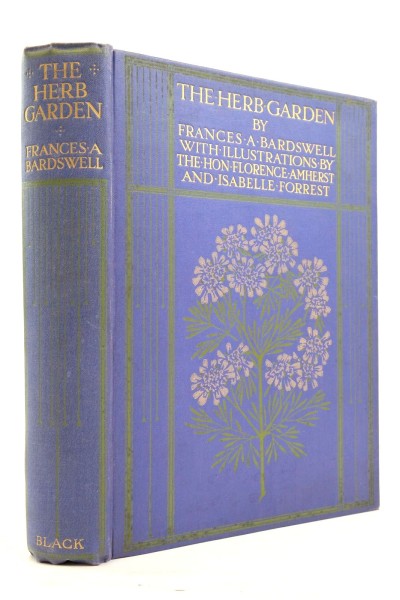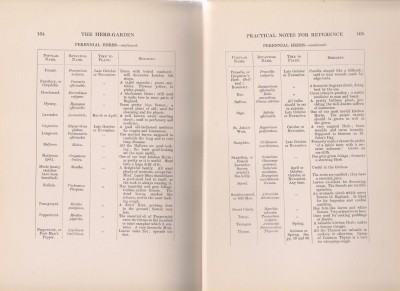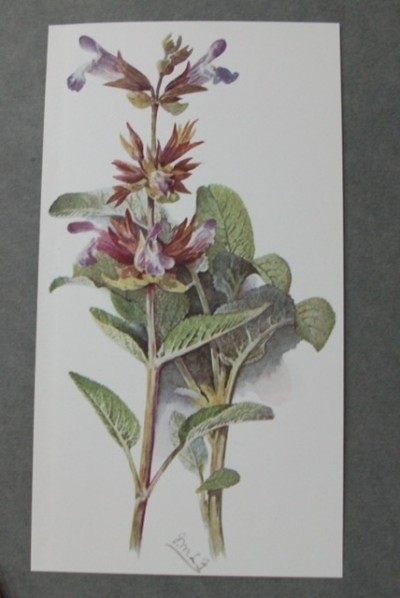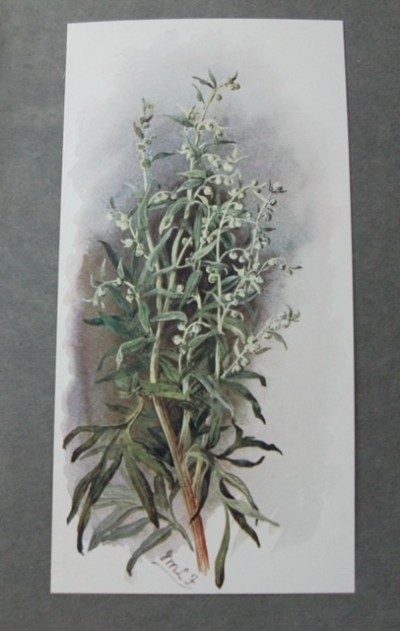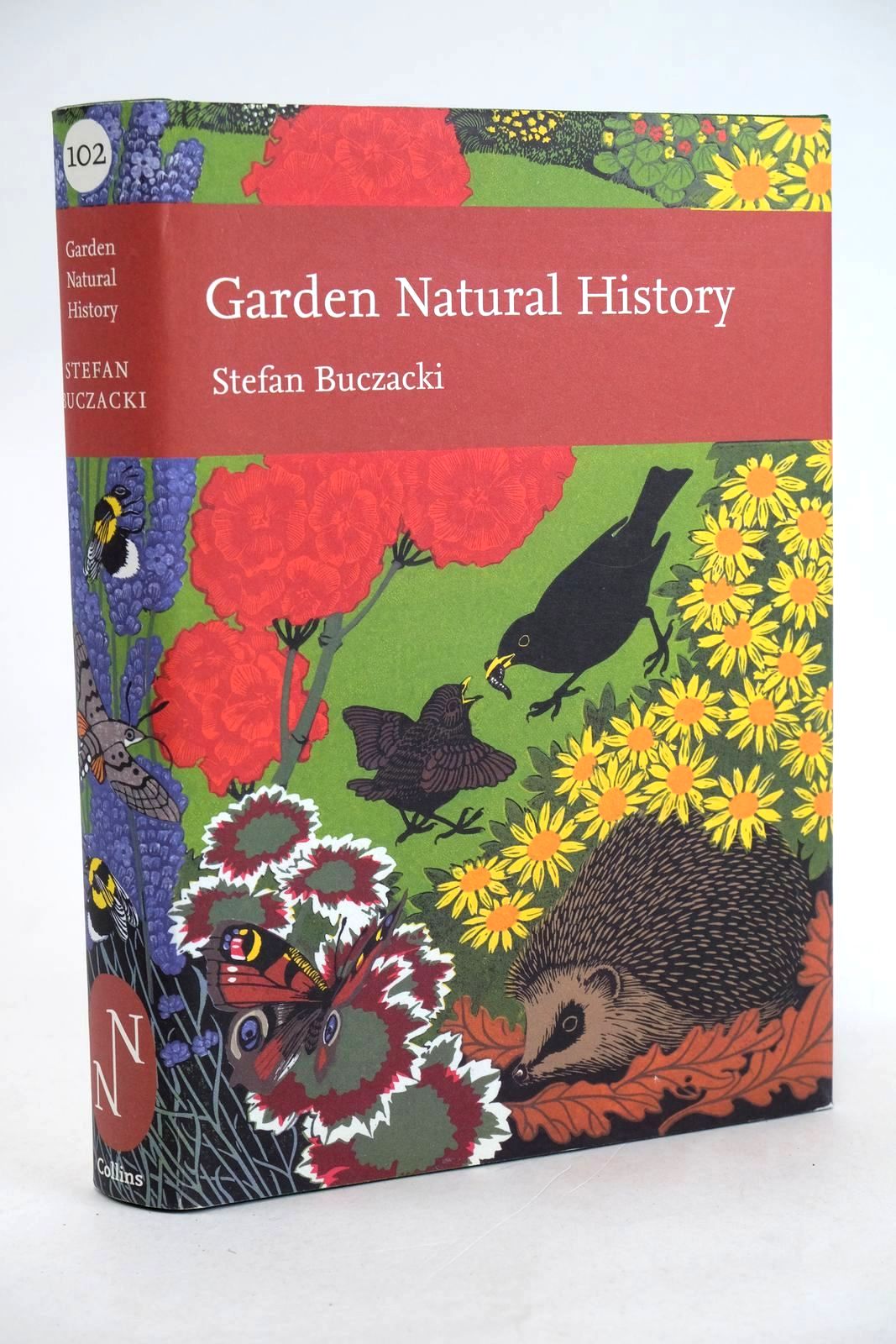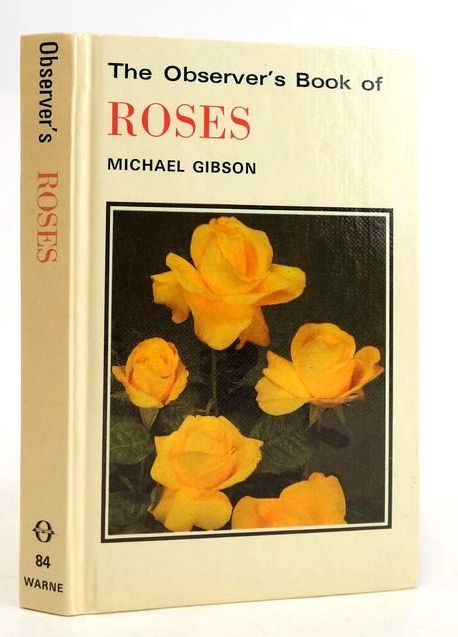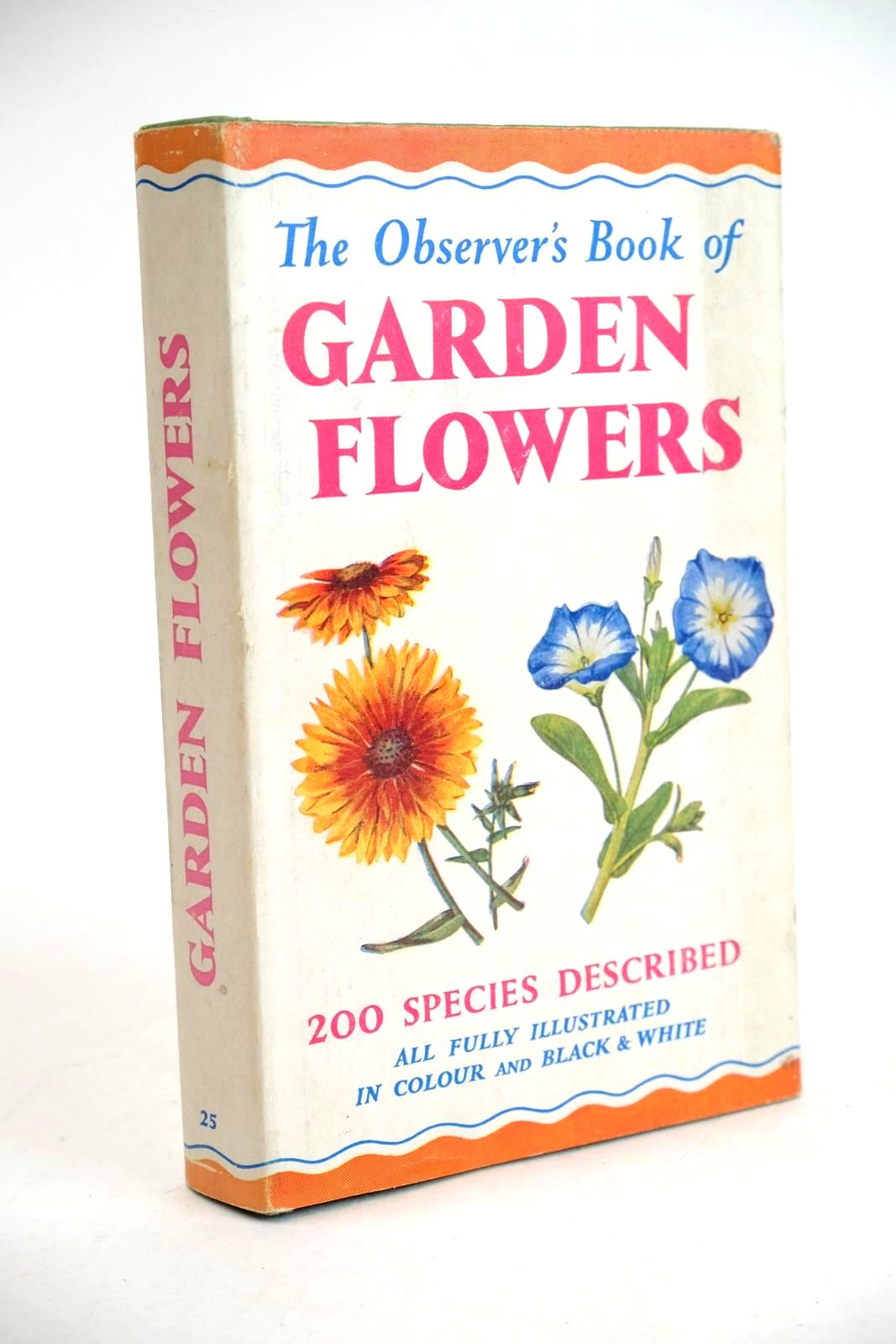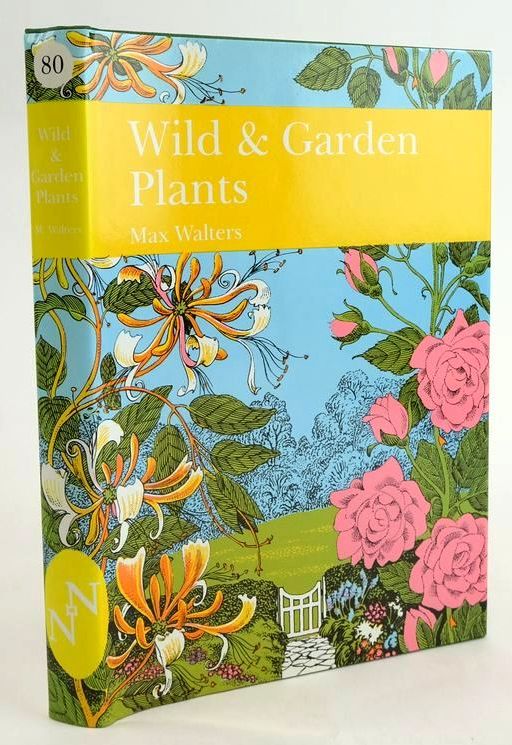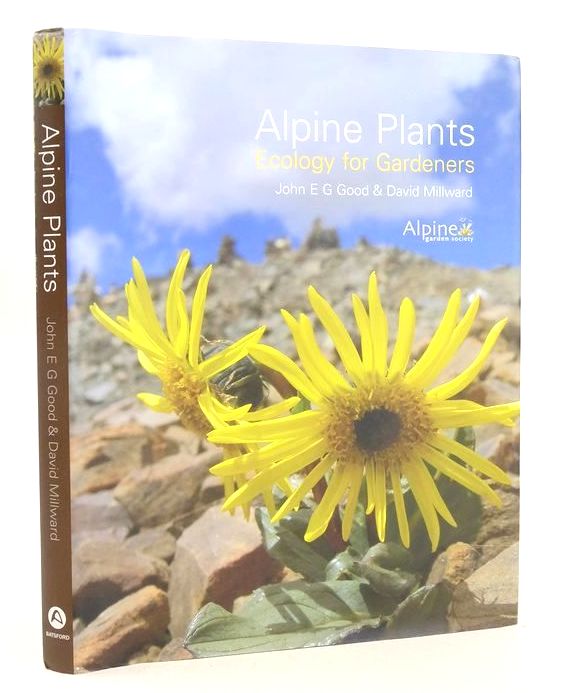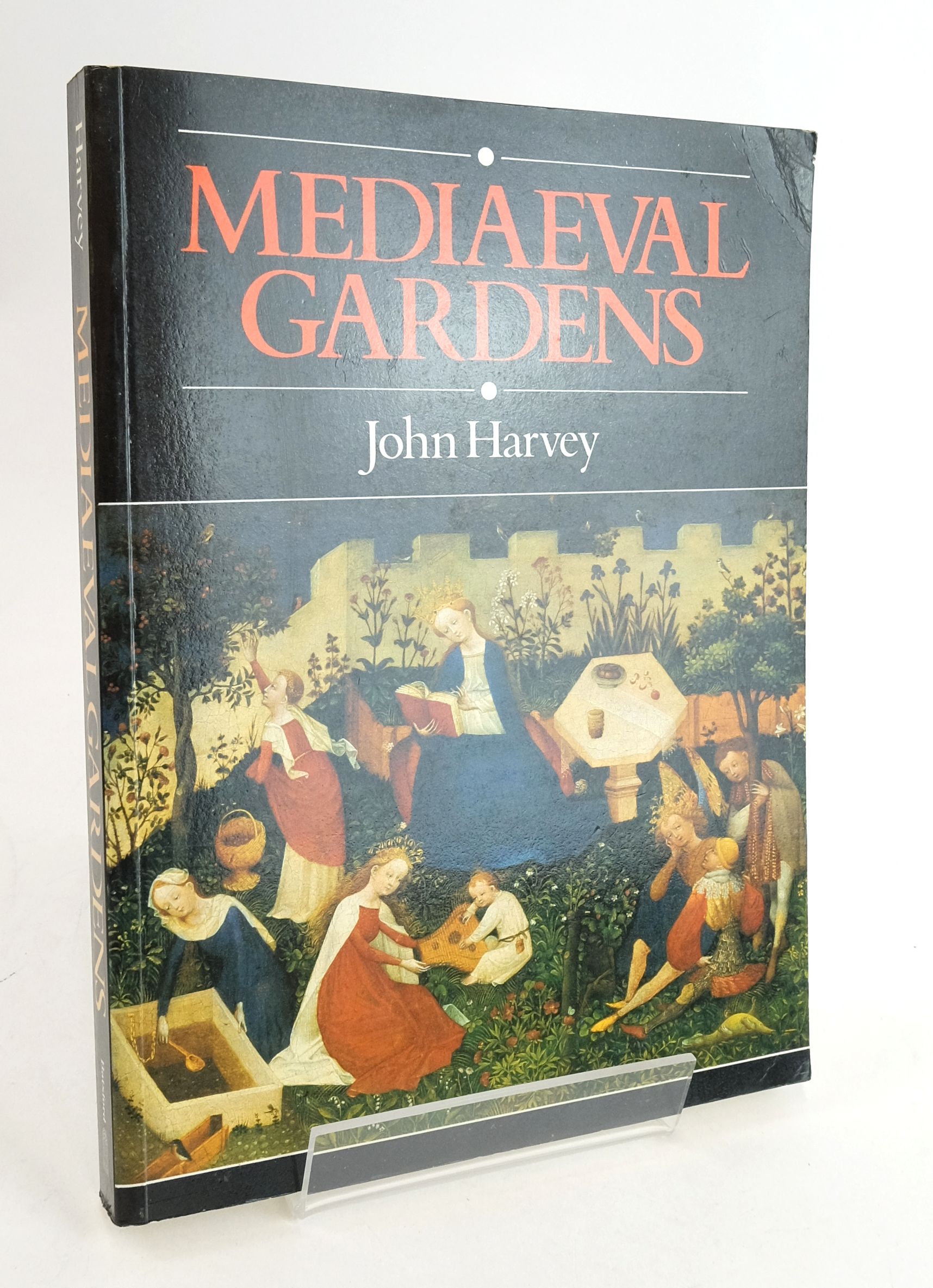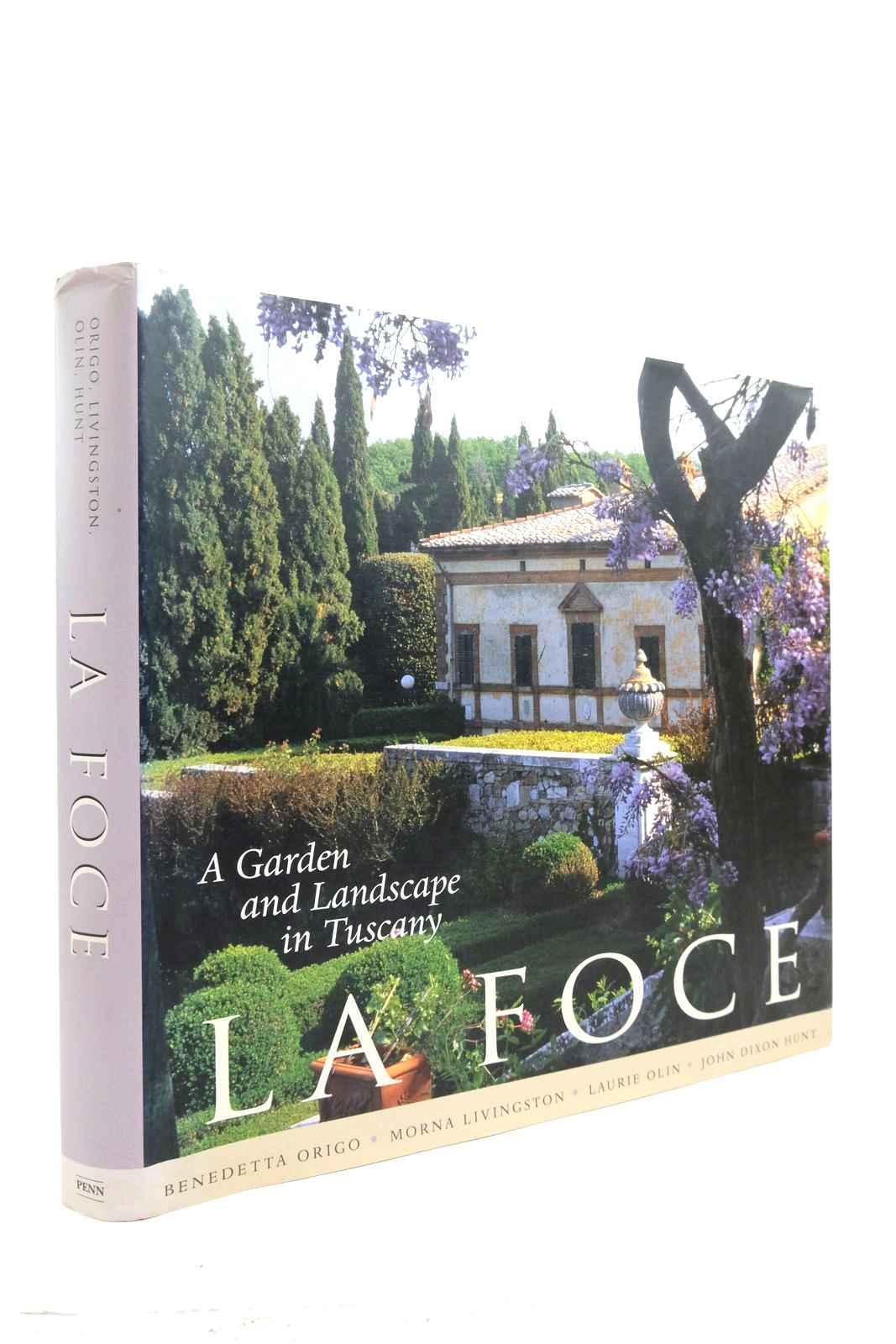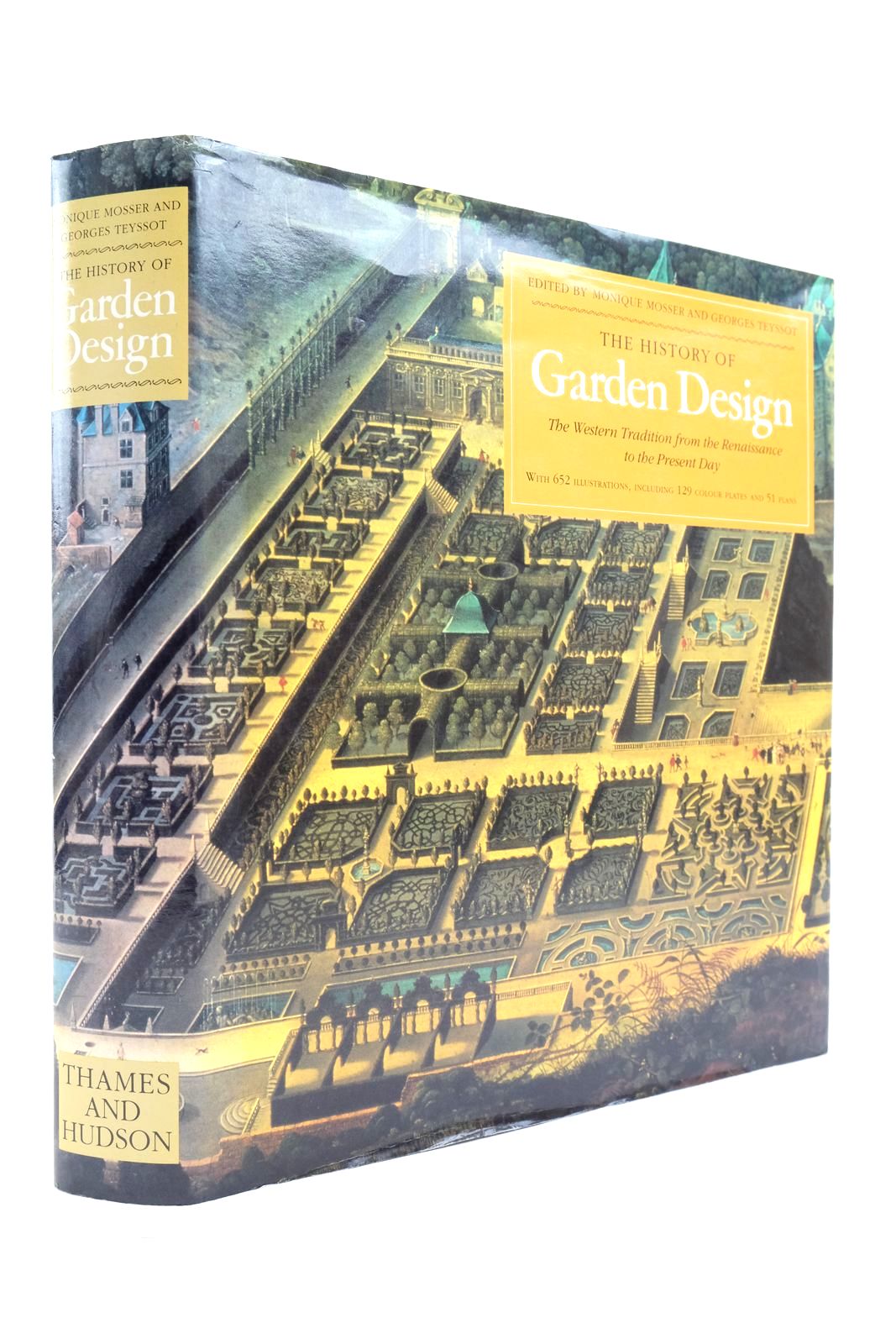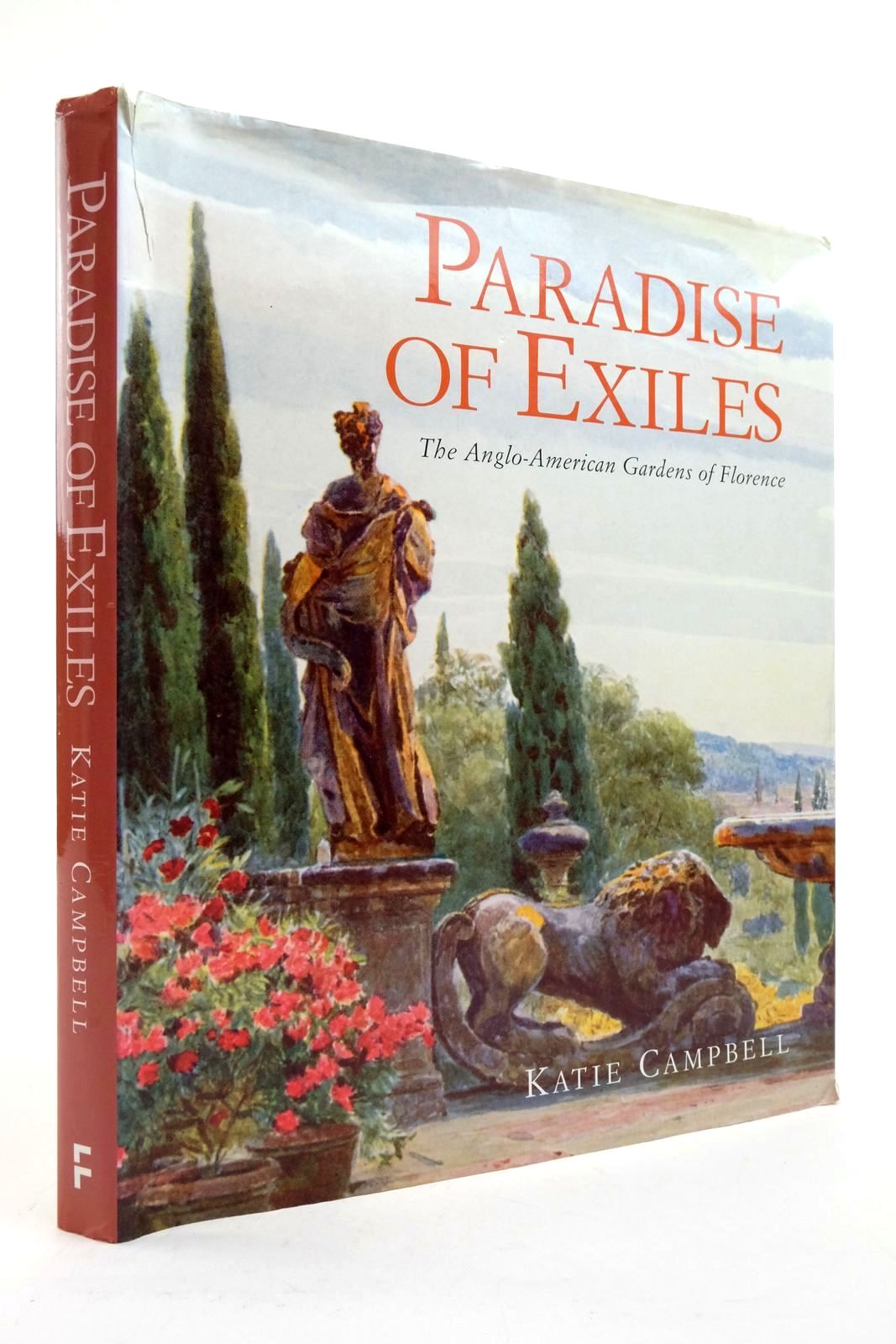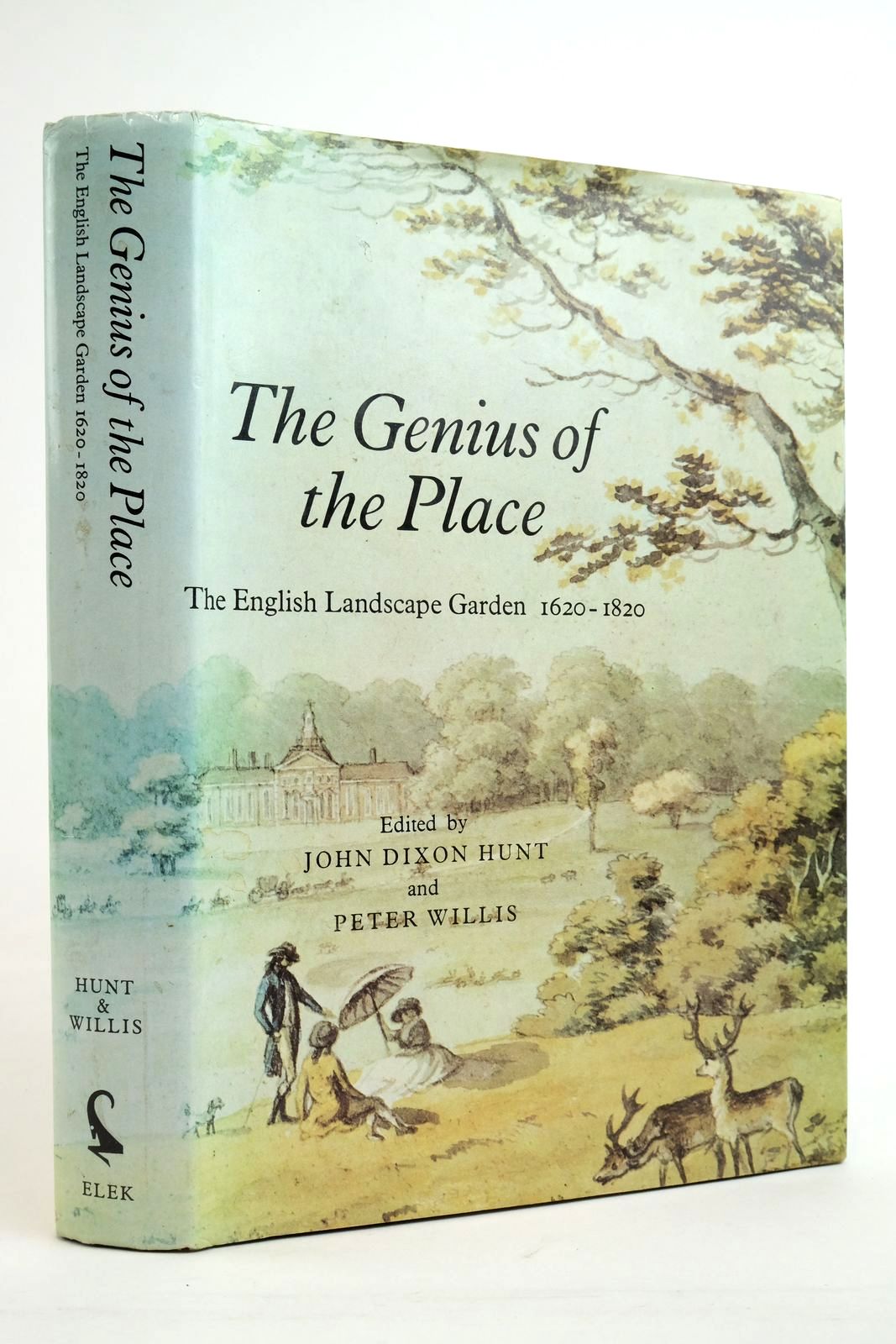The Herb-Garden By Frances A Bardswell
The Herb-Garden by Frances A Bardswell Published by A & C Black
I was instantly intrigued when I spotted this little book. It isn’t very often that I see a gardening book dedicated solely to the cultivation of herbs. My interest in this subject started when I bought my own house and garden a few years ago. I knew that I wanted lavender bushes for their fragrance and attraction to bees, but I hadn’t really given any thought to what else. I then found myself in garden centres, sniffing various herb plants to find out what smelled nice and bringing them home to plant all together in a small section of my garden. Maybe this book would have helped me plan it all out correctly and tell me which plants should go next to which.
The author introduces the book by stating that she wants to “tell the reader as simply as possible the way to start and cultivate a herb garden, to call to memory that half-forgotten uses of many herbs, to express the pleasure such a garden may give, and to set forth the difficulties (if any) that beset the collector of herbs”.
Throughout this book are delightful illustrations which show the plants in situ and opposite each illustration is a list of their names in the location they are shown in the picture.
There is a very useful list at the back indexing the various names of herb plants, when to plant them and their uses. I was surprised to see that many herbs should be planted in October-November time as opposed to when I planted out most of my herb plants!
The contents page looks very comprehensive and it is easy to find what section of gardening herbs you want to look for. This book was published in 1911 and although the words and phrases seem a bit old fashioned to me, the information on cultivating various herbs is still relevant.
I was very much interested in the section titled “Gathering, drying and storing” in this book. I had bought some rosemary, oregano and sage plants with the idea that I would gather my own herbs to use in cooking. But, if I wanted to use these herbs all year round, knowing the correct way to gather and store herbs would be most useful. The author instructs the following: Always cut and gather herbs for storing through winter on a dry fine day. For most of the herbs used in cooking the best time is just before they start to flower, around the end of July. Always dry out herbs in the shade outside and, when they are dry enough to crumble, put them into a glass jar and secure the lid.
One herb in particular in this book caught my interest. Wormwood, or Mugwort, is described as the bitterest herb known.
Wormwood’s bitter reputation is thousands of years old. The first written record of a medicinal use for wormwood can be found on Egyptian papyrus dating back to around 1552 B.C. Ancient Greek philosophers like Pythagoras and Hippocrates, recommended wormwood to be used for everything from childbirth to rheumatism. In the book of Revelation in the Bible, wormwood is used to symbolize a fallen star that turns a third of the world’s water too bitter to drink. Shakespeare referenced wormwood in Romeo and Juliet by writing that Juliet’s wet nurse weaned her by using wormwood.
However, whole fields of it were grown in France around the time this book was published, purely for its role as an ingredient in the alcoholic spirit Absinthe. Absinthe became an extremely popular drink amongst artists and upper-class society when it first arrived in Paris in 1805. Its popularity continued for at least a century, mostly because Absinthe had a reputation as being an addictive hallucinogenic spirit with a very high alcohol content. One specific French artist who was particularly synonymous with the drink Absinthe was Henri Toulouse-Lautrec.
There are other interesting uses of herbs spoken about in this book. In the chapter titled “aromatic herbs grown for their seeds” Dill caught my eye. It’s a herb that I’ve only known as being used in Scandinavian cuisine or specifically with fish. It is named from a Saxon verb dilla, to lull, because the seeds are soporific and used to be given to little babies to make them sleep. At the time this book was written giving dill water to infants to keep them quiet was still in fashion. Imagine boiling up dill today to give to your child so that they keep quiet!
There is lots of information about the uses of herbs in treating ailments in this book. With one chapter dedicated to “wild herbs in physic” I find it interesting to read about the different ways herbs were used for specific ailments at a time when most people didn’t have access to doctors or medicines like we do today. Gathering a posy of lavender to hang in a room for the fragrance to cure a headache or brewing up camomile flowers into a tea to aid with sleeping seems like quite a charming way to live with nature to me. Although I won’t be distilling my own miracle cures anytime soon.
This book holds a wealth of information specifically for gardeners of herbs. It’s written in a very easy to read manner that gently leads the reader through understanding how to plan and plant out a herb garden. It suggests specific herbs for the garden and their common and Latin names so you can search in garden centres yourself. The book explains how to maintain your plants and when best to sow, plant and gather the fruits of your labour. All in all, a very handy little book to own.
We have many other books on the subject of gardening published by A & C Black.
Contributed by Michelle
(Published on 13th Apr 2022)


